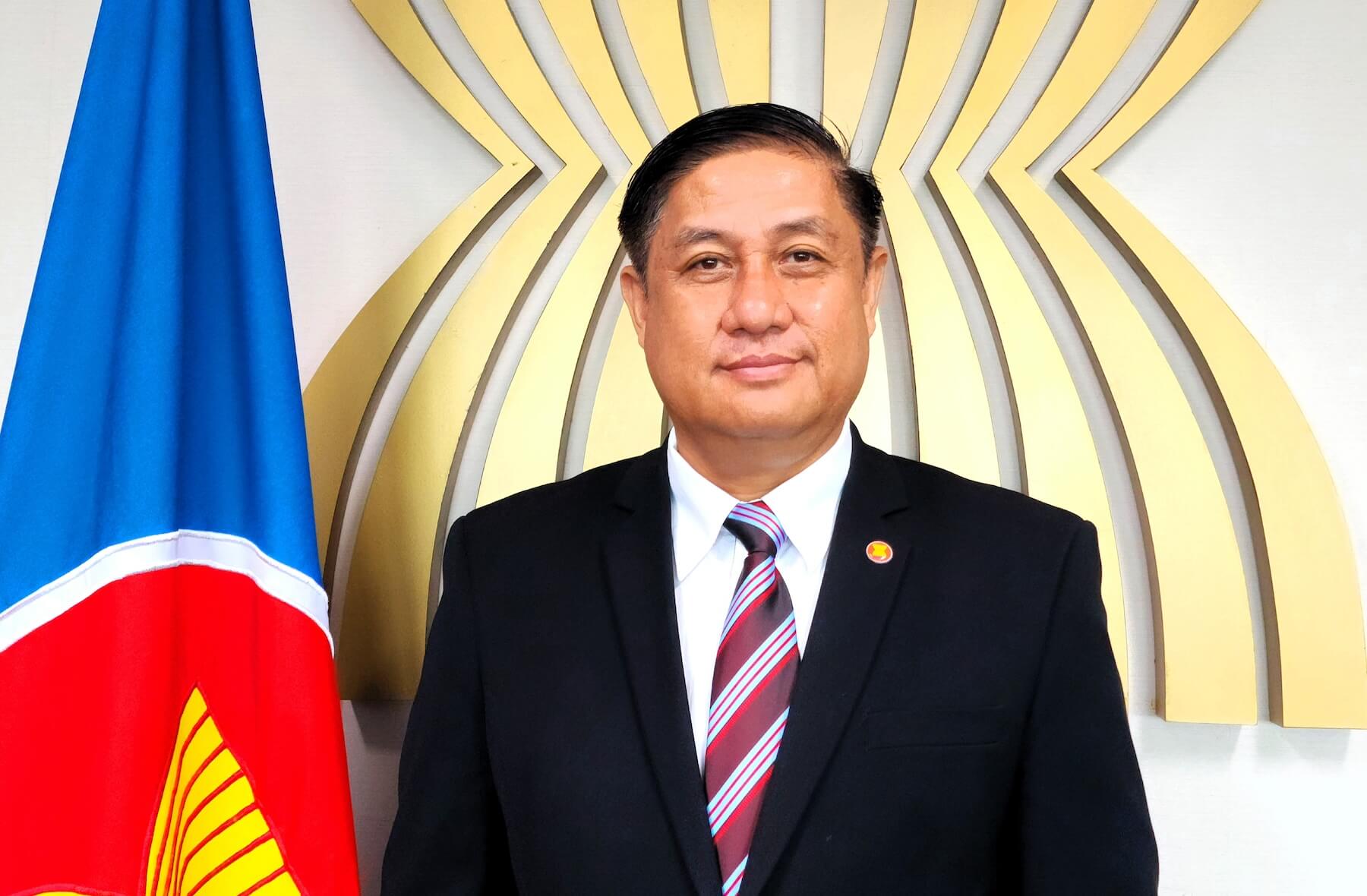


Armed with lenses, photojournalists go into the unknown zones to identify and capture moments that matter and show them to the world. During natural disasters, photography can also be a way to provide a sense of scale, while humanising the disasters.
Dhoni Setiawan, a photojournalist with Indonesia’s newspaper The Jakarta Post, has covered t the aftermath of natural disasters in Indonesia, including the 7.4 magnitude quake that hit Central Sulawesi and triggered a tsunami and soil liquefaction on 28 September 2018.
Setiawan stayed in the area for two weeks.
“When covering disasters, we must think of the timing, so the photos are up-to-date. For example, I take photos of the damage on day one, of evacuation, scarcity, disaster relief efforts, and shelters condition for the next days,” he said.
“But I also find unexpected moments that are worth capturing like when I got a ride on a plane and took the aerial stills of the blackouts in Palu.”
Setiawan considered himself lucky to meet a local resident at the airport—the only place where electricity was available—who offered him a place to stay and a ride to go around to search for photos.
In return, as he knew the access to get logistics supply, he tried his best to help the affected residents living in the same area by distributing staple food.











